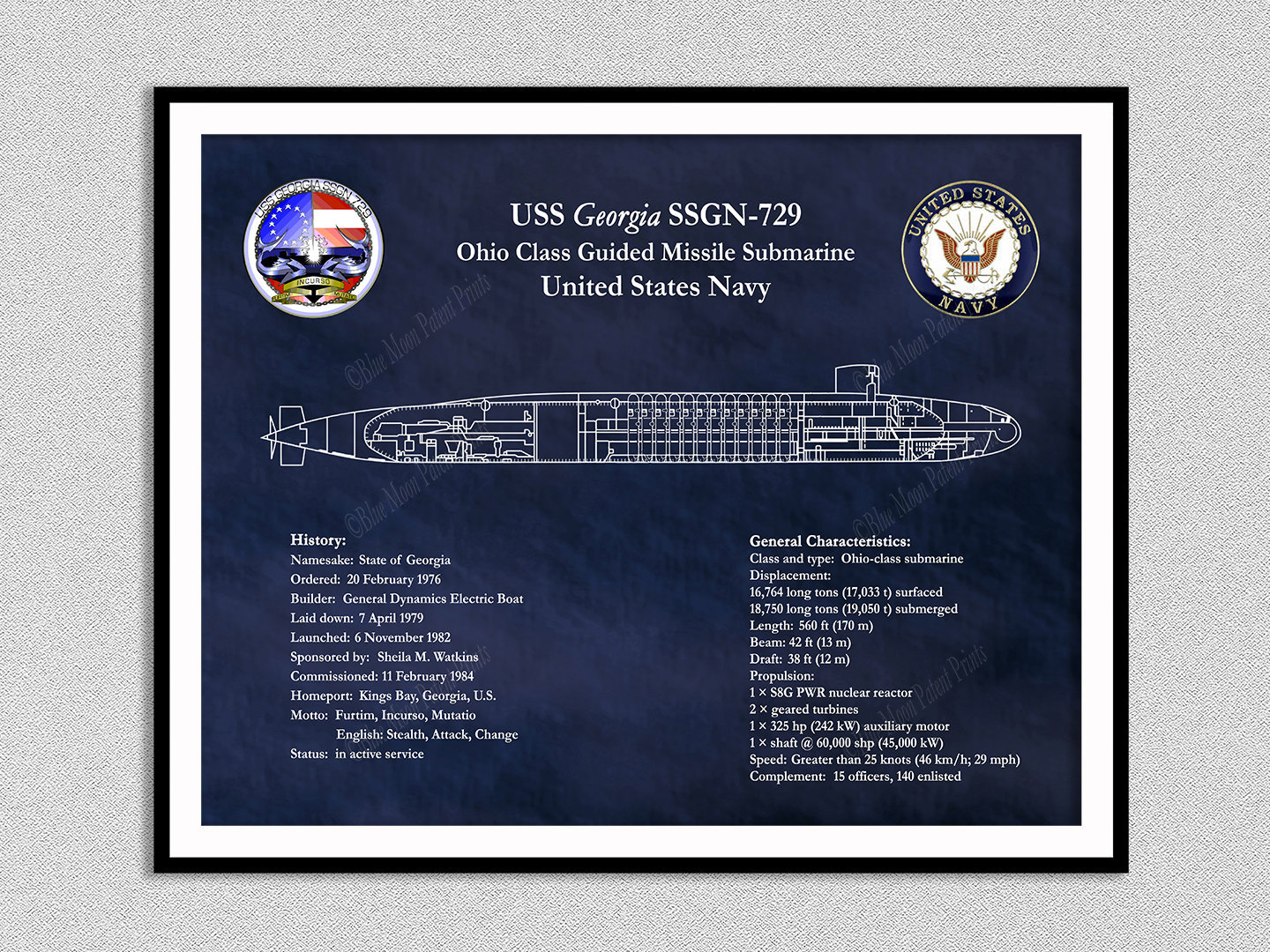
Each lock-out chamber can also accommodate a Dry Deck Shelter (DDS), enhancing the SSGNs' SOF capabilities.ĭuring conversion, each SSGN received the Common Submarine Radio Room and two High-Data-Rate antennas for significantly enhanced communication capabilities. The two forward most missile tubes were permanently converted to lock-out chambers that allow clandestine insertion and retrieval of SOF personnel. Additional berthing was installed in the missile compartment to accommodate the added personnel, and other measures have been taken to extend the amount of time that the SOF forces can spend deployed aboard the SSGNs. The SSGNs have the capacity to host up to 66 SOF personnel at a time. The missile tubes are also able to accommodate future payloads such as new types of missiles, unmanned aerial vehicles, and unmanned undersea vehicles.


These missile tubes can also accommodate additional stowage canisters for SOF equipment, food, and other consumables to extend the submarines’ ability to remain forward deployed in support of combatant commander’s tasking. The missiles are loaded in seven-shot Multiple-All-Up-Round Canisters (MACs) in up to 22 missile tubes. This first-of-a-kind partnership has proved highly successful as the program finished on time and on cost.Ĭombined, the four SSGNs represent more than half of the Submarine Force’s vertical launch payload capacity with each SSGN capable of carrying up to 154 Tomahawk land-attack cruise missiles. The Navy awarded General Dynamics’ Electric Boat the contract to convert the SSBNs into SSGNs with the company carrying out that work within the Naval Shipyards-the first time such collaboration had been conducted.

Puget Sound Naval Shipyard in Washington carried out the EROs for both Ohio and Michigan while Norfolk Naval Shipyard, located in Virginia, conducted Florida’s and Georgia’s refueling. All four submarines required an Engineered Refueling Overhaul (ERO) in addition to extensive conversion work. The Navy entered into a unique partnership to bring the SSGN concept to fruition. USS Georgia (SSGN 729) completed conversion in December 2007. USS Michigan (SSGN 727) started its shipyard availability in October 2004 and delivered in November 2006. USS Florida (SSGN 728) commenced its refueling and conversion in August 2003 and returned to the fleet in April 2006. 15, 2002, completed conversion in December 2005 and deployed for the first time in October 2007. USS Ohio (SSGN 726) entered the shipyard on Nov. The SSGN Program Office refueled and converted four ballistic missile submarines (SSBN) into SSGNs in a little more than five years at a significantly lower cost and less time than building a new platform. This allowed the Navy to leverage existing submarine technology while at the same time expanding capability to meet the current and future needs of U.S. Therefore, the Navy decided to transform four Ohio-class submarines into conventional land attack and SOF platforms. The 1994 Nuclear Posture Review determined that the United States needed only 14 of its 18 SSBNs to meet the nation’s strategic force needs. Armed with tactical missiles and equipped with superior communications capabilities, SSGNs are capable of directly supporting Combatant Commander’s strike and Special Operation Forces (SOF) requirements. Ohio-class guided-missile submarines (SSGN) provide the Navy with unprecedented strike and special operation mission capabilities from a stealthy, clandestine platform. Propulsion: One nuclear reactor, one shaft Manufacturer: General Dynamics Electric Boat DivisionĪrmament: Up to 154 Tomahawk missiles, Mk48 torpedoes 4 torpedo tubes

Categories Navy Equipment Navy Ships and Submarines Ships and Submarines Special Operations Equipment Special Operations Ships and Submarines Submarines


 0 kommentar(er)
0 kommentar(er)
